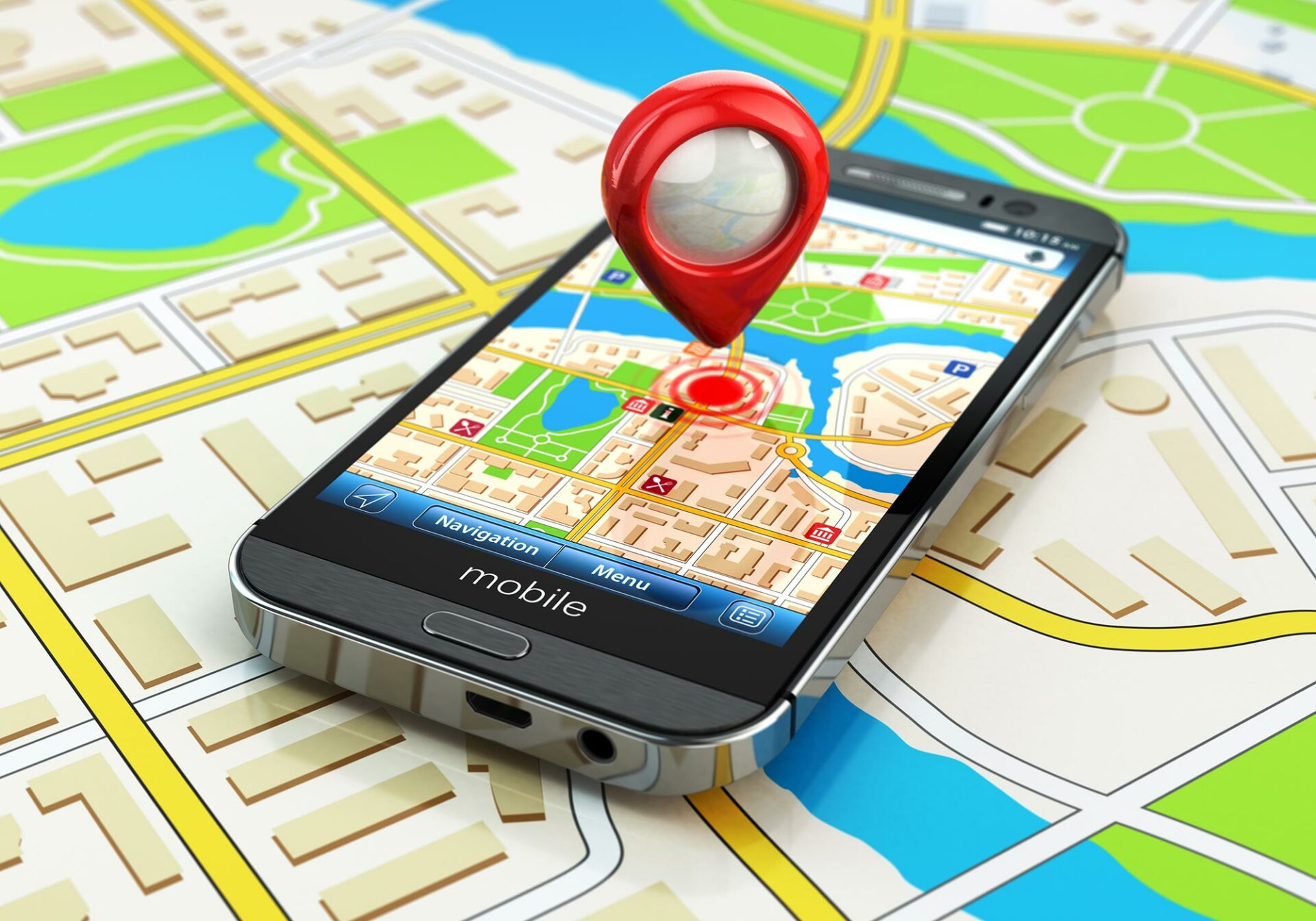"The Development of GPS Technology"
The Global Positioning System (GPS) is a
satellite-based navigation system that was first developed and implemented by
the United States Department of Defense in the 1970s. The system was initially
created for military use, but it was later made available for civilian use in
the 1980s. The GPS system consists of a network of satellites in orbit around
the Earth, ground control stations, and GPS receivers. The receivers can
determine the user's exact location and time by triangulating signals from at
least four satellites.
"GPS for Navigation"
GPS technology has become an integral
part of everyday life, with applications in navigation, transportation, and a
wide range of other fields. GPS-enabled devices, such as smartphones, cars, and
boats, use the technology to provide users with accurate and up-to-date
information on their location and the location of nearby points of interest.
This has greatly improved navigation and has made it much easier for people to
find their way in unknown areas.
"GPS for Mapping and Surveying"
GPS technology is also widely used for mapping
and surveying applications. Surveying professionals use GPS receivers to
accurately determine the location of points on the Earth's surface, allowing
them to create detailed maps and 3D models of the area being surveyed. This
technology is also used in agriculture, construction, and many other fields
that require precise location data.
"GPS for Timing and Synchronization"
GPS technology is also used for timing and
synchronization. GPS provides a precise time reference that is used to
synchronize a wide range of systems, including power grids, financial networks,
and telecommunications networks. The high precision and accuracy of GPS time
signals allow these systems to operate at optimal efficiency and ensure the
reliability of the services they provide.
"Future Developments of GPS"
In recent years, there have been
significant advancements in GPS technology, such as the development of more
accurate and sophisticated GPS receivers and the launch of new GPS satellites.
There are also plans to improve the overall performance of the GPS system by
adding new frequencies and signals. Additionally, the integration of GPS with
other technologies, such as Augmented Reality, is expected to bring new
possibilities in the future and make it more widely used in various domains
like transportation, healthcare, education and many more. Some of these new
developments have the potential to revolutionize the way we use GPS technology
in our daily lives.

Comments
Post a Comment